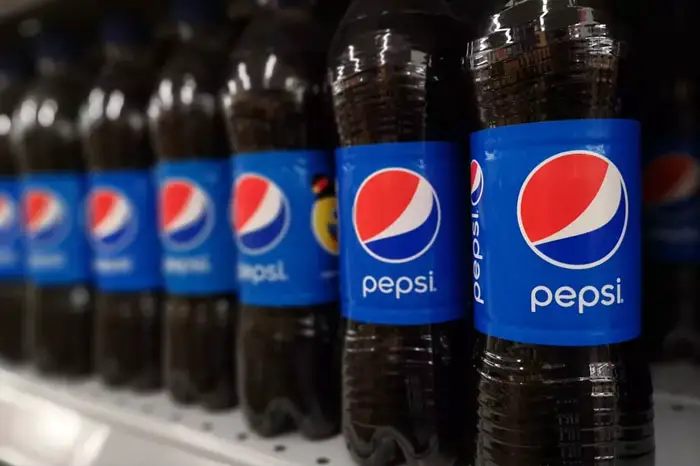
Pepsi-Cola was first made in New Bern, North Carolina in the United States in the early 1890s by pharmacist Caleb Bradham. In 1898, “Brad’s drink” was changed to “Pepsi-Cola” and later trademarked on June 16, 1903. There are several theories on the origin of the word “pepsi”.
The only two discussed within the current PepsiCo website are the following: 1) Caleb Bradham bought the name “Pep Kola” from a local competitor and changed it to Pepsi-Cola. 2) “Pepsi-Cola” is an anagram for “Episcopal” – a large church across the street from Bradham’s drugstore. There is a plaque at the site of the original drugstore documenting this, though PepsiCo has denied this theory.
Another theory is that Caleb Bradham and his customers simply thought the name sounded good or the fact that the drink had some kind of “pep” in it because it was a carbonated drink, they gave it the name “Pepsi”.
As Pepsi was initially intended to cure stomach pains, many believe Bradham coined the name Pepsi from either the condition dyspepsia (stomachache or indigestion) or the possible one-time use of pepsin root as an ingredient (often used to treat upset stomachs).[citation needed] It was made of carbonated water, sugar, vanilla, rare oils, and kola nuts. Whether the original recipe included the enzyme pepsin is disputed.
In 1903, Bradham moved the bottling of Pepsi-Cola from his drugstore into a rented warehouse. That year, Bradham sold 7,968 gallons of syrup. The next year, Pepsi was sold in six-ounce bottles and sales increased to 19,848 gallons. In 1905, Pepsi received its first logo redesign since the original design of 1898. In 1906, the logo was changed again. In 1909, automobile race pioneer Barney Oldfield endorsed Pepsi-Cola in newspaper ads as “A bully drink…refreshing, invigorating, a fine bracer before a race”.
In 1923, Pepsico went bankrupt due to high sugar prices as a result of World War I, assets were sold and Roy C. Megargel bought the Pepsi trademark. Eight years later, the company went bankrupt again, resulting in a reformulation of the Pepsi-Cola syrup formula.
During The Great Depression, Pepsi gained popularity following the introduction in 1934 of a 12-ounce bottle. With twelve ounces a bottle instead of the six ounces Coca-Cola sold, PepsiCo turned the price difference to its advantage with a slick radio advertising campaign which was the first use of a jingle in advertising. “Pepsi cola hits the spot / Twelve full ounces, that’s a lot / Twice as much for a nickel, too / Pepsi-Cola is the drink for you,” encouraged price-watching consumers to switch to Pepsi, while obliquely referring to the Coca-Cola standard of six ounces a bottle for the price of five cents (a nickel), instead of the twelve ounces Pepsi sold at the same price. Coming at a time of economic crisis, the campaign succeeded in boosting Pepsi’s status. From 1936 to 1938, PepsiCo’s profits doubled.
Introduced in 1964, Diet Pepsi was the United States’s first national diet soft drink.


